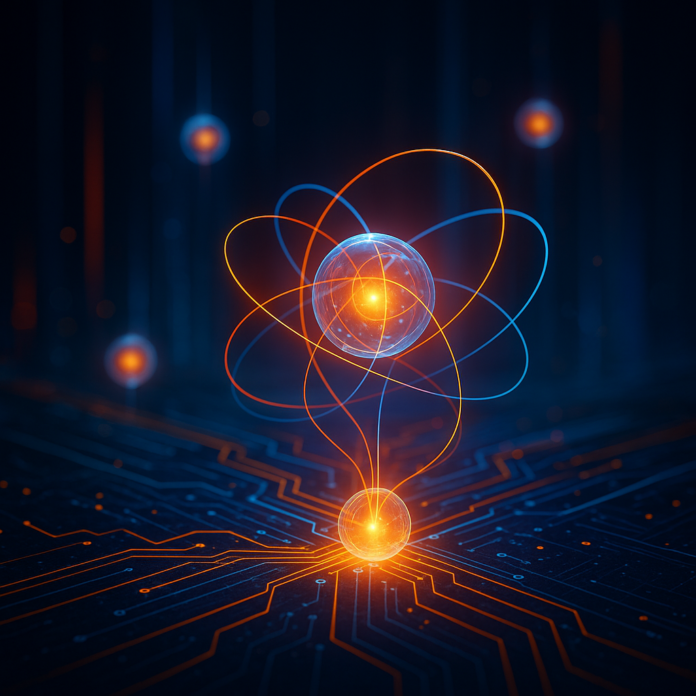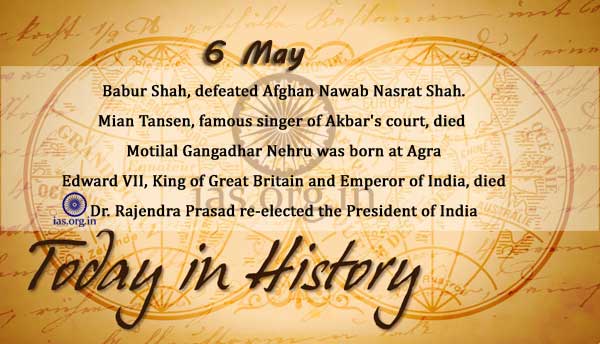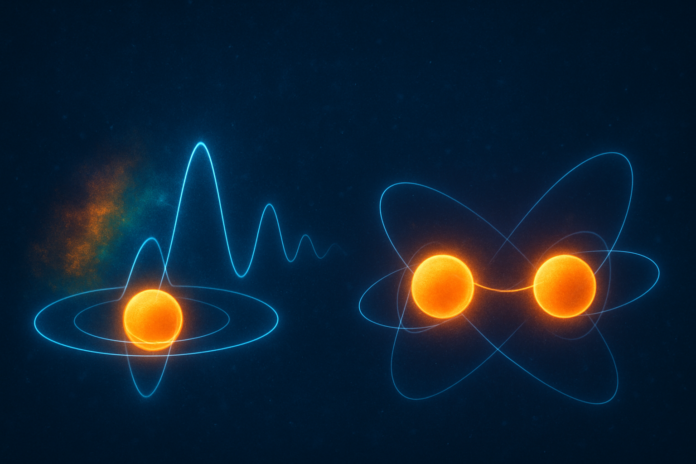Introduction
Quantum computing is one of the most exciting frontiers of modern science and technology, and IBM’s Qiskit is one of the most widely used platforms for developing quantum algorithms. Whether you are a software engineer, researcher, or enthusiast looking to explore quantum computing, Qiskit offers a robust framework that simplifies the complexities of quantum programming. In this comprehensive guide, we will explore how to get started with Qiskit, from setting up your environment to executing your first quantum circuit, and understanding the underlying principles behind the platform.
Table of Contents
- What is Qiskit?
- Setting Up Your Development Environment
- Understanding Quantum Computing Basics
- Introduction to Quantum Circuits in Qiskit
- Building Your First Quantum Circuit
- Running Your First Quantum Circuit on a Simulator
- Exploring Quantum Gates and Operations in Qiskit
- Working with Real Quantum Computers
- Qiskit Aer: Quantum Simulators and Noise Models
- Qiskit Aqua: Algorithms for Quantum Computing
- Qiskit Terra: The Foundation of Qiskit
- Qiskit Visualization Tools
- Advanced Quantum Programming with Qiskit
- Resources for Further Learning
- Conclusion
1. What is Qiskit?
Qiskit is an open-source software development framework developed by IBM for working with quantum computers. It provides a comprehensive set of tools for creating, simulating, and running quantum algorithms. Qiskit aims to make quantum computing accessible to a wide audience, from researchers in quantum mechanics to developers working on quantum applications.
Qiskit supports different quantum computing backends, including quantum simulators and real quantum hardware provided by IBM Quantum. It allows users to develop and execute quantum programs on these platforms, offering an easy-to-use interface and extensive documentation for beginners and professionals alike.
Qiskit is structured into four main components:
- Qiskit Terra: Provides the foundation for creating quantum circuits and running them on simulators or real hardware.
- Qiskit Aer: A set of high-performance simulators that allow users to simulate quantum circuits.
- Qiskit Aqua: A library of quantum algorithms for various applications, including machine learning, optimization, and chemistry.
- Qiskit Ignis: Provides tools for quantum error correction and noise analysis.
2. Setting Up Your Development Environment
Before diving into Qiskit, you need to set up your development environment. Fortunately, setting up Qiskit is relatively straightforward and can be done in just a few steps.
Step 1: Install Python
Qiskit is compatible with Python 3.6 or later. If you don’t have Python installed, you can download it from Python’s official website. Make sure to install pip, the Python package manager, during the installation process.
Step 2: Install Qiskit
Once Python is installed, open your terminal (or command prompt) and run the following command to install Qiskit via pip:
pip install qiskit
This will install the full Qiskit package, including all its components like Terra, Aer, Aqua, and Ignis.
Step 3: Verify Installation
After installation, verify that Qiskit was installed correctly by running the following command in Python:
import qiskit
print(qiskit.__version__)
If Qiskit is installed correctly, it should display the installed version number.
Step 4: Create an IBM Quantum Account (Optional)
While you can use Qiskit to simulate quantum circuits locally, you can also run your code on real quantum hardware through IBM’s quantum cloud service. To do this, you need to create an IBM Quantum account.
- Visit IBM Quantum and sign up for an account.
- Once logged in, generate an API token from your IBM Quantum dashboard.
- Use this token to connect Qiskit to IBM Quantum by running the following command in Python:
from qiskit import IBMQ
IBMQ.save_account('your_api_token_here')
3. Understanding Quantum Computing Basics
Quantum computing relies on the principles of quantum mechanics, the science that governs the behavior of particles at the smallest scales. Key concepts in quantum computing include:
- Qubits: The quantum equivalent of classical bits. A qubit can exist in a state of 0, 1, or any quantum superposition of these states.
- Superposition: A qubit can be in a superposition of both 0 and 1 simultaneously, allowing quantum computers to process multiple possibilities at once.
- Entanglement: A phenomenon where qubits become correlated in such a way that the state of one qubit can depend on the state of another, even if they are physically separated.
- Quantum Gates: Operations that manipulate qubits in quantum circuits. Examples include the Pauli-X, Hadamard, and CNOT gates.
4. Introduction to Quantum Circuits in Qiskit
A quantum circuit is a sequence of quantum gates applied to qubits, with the goal of achieving a desired quantum state. Qiskit provides an intuitive interface for constructing and visualizing quantum circuits.
Creating a Quantum Circuit
To create a quantum circuit in Qiskit, you use the QuantumCircuit class. Here is an example of how to create a simple quantum circuit with one qubit:
from qiskit import QuantumCircuit
# Create a quantum circuit with 1 qubit and 1 classical bit
qc = QuantumCircuit(1, 1)
# Apply a Hadamard gate (H) to the qubit
qc.h(0)
# Measure the qubit and store the result in the classical bit
qc.measure(0, 0)
# Draw the circuit
qc.draw()
This circuit applies a Hadamard gate to a qubit, putting it into a superposition of 0 and 1, then measures the qubit and stores the result in a classical bit.
5. Building Your First Quantum Circuit
Now, let’s build a simple quantum circuit and run it on a quantum simulator. This example will show how to use Qiskit to apply a series of quantum gates to a qubit.
from qiskit import QuantumCircuit, Aer, execute
# Create a quantum circuit with 1 qubit and 1 classical bit
qc = QuantumCircuit(1, 1)
# Apply a Hadamard gate (H) to create a superposition
qc.h(0)
# Apply a Pauli-X gate (X) to flip the qubit's state
qc.x(0)
# Measure the qubit and store the result in the classical bit
qc.measure(0, 0)
# Simulate the quantum circuit
simulator = Aer.get_backend('qasm_simulator')
job = execute(qc, simulator, shots=1024)
result = job.result()
# Get and print the results
counts = result.get_counts(qc)
print(counts)
This circuit creates a superposition of states and flips the qubit before measuring its state. The result will show how often the qubit was measured in state 0 or 1.
6. Running Your First Quantum Circuit on a Simulator
To run a quantum circuit, Qiskit provides a variety of simulators. In the example above, we used the qasm_simulator backend, which simulates quantum circuits with noisy measurements.
You can also use the statevector_simulator backend to simulate quantum circuits without measurement noise:
simulator = Aer.get_backend('statevector_simulator')
job = execute(qc, simulator)
result = job.result()
# Get and print the statevector (the quantum state of the system)
statevector = result.get_statevector(qc)
print(statevector)
This will return the statevector, which is a vector representing the quantum state of the qubits in the circuit.
7. Exploring Quantum Gates and Operations in Qiskit
Quantum gates are the building blocks of quantum circuits. Some common quantum gates in Qiskit include:
- Hadamard Gate (
h): Creates a superposition of states. - Pauli-X Gate (
x): Flips the state of a qubit (equivalent to a classical NOT gate). - Pauli-Y Gate (
y): A combination of rotations in the complex plane. - Pauli-Z Gate (
z): Introduces a phase flip. - CNOT Gate (
cx): A two-qubit gate that performs a NOT operation on the second qubit when the first qubit is in state 1.
qc = QuantumCircuit(2, 2)
# Apply a Hadamard gate to the first qubit
qc.h(0)
# Apply a CNOT gate with the first qubit as the control and the second as the target
qc.cx(0, 1)
# Measure both qubits
qc.measure([0, 1], [0, 1])
qc.draw()
This circuit creates entanglement between two qubits using the CNOT gate.
8. Working with Real Quantum Computers
IBM provides access to real quantum hardware through the IBM Quantum Experience platform. To run your quantum circuit on real hardware, you need to use a backend that connects to one of IBM’s quantum processors.
To run your quantum circuit on a real quantum computer, simply replace the simulator backend with a real quantum backend:
IBMQ.load_account() # Load your IBM Quantum account
provider = IBMQ.get_provider(hub='ibm-q')
backend = provider.get_backend('ibmq_16_melbourne')
job = execute(qc, backend, shots=1024)
result = job.result()
# Get the results and print them
counts = result.get_counts(qc)
print(counts)
This will execute the circuit on IBM’s ibmq_16_melbourne quantum processor.
9. Qiskit Aer: Quantum Simulators and Noise Models
Qiskit Aer provides high-performance simulators for running quantum circuits. It includes noise models that simulate the errors that occur in real quantum hardware, which is essential for testing algorithms under realistic conditions.
from qiskit.providers.aer.noise import NoiseModel
# Load a noise model for a real quantum computer
noise_model = NoiseModel.from_backend(backend)
# Simulate the quantum circuit with noise
job = execute(qc, simulator, noise_model=noise_model, shots=1024)
This allows you to simulate the effects of noise and errors that are typical in current quantum hardware.
10. Qiskit Aqua: Algorithms for Quantum Computing
Qiskit Aqua provides quantum algorithms for various applications. Some of the most notable areas where quantum computing can offer advantages include:
- Machine Learning: Quantum machine learning algorithms for classification and clustering.
- Optimization: Quantum algorithms for solving optimization problems, such as the Quantum Approximate Optimization Algorithm (QAOA).
- Chemistry: Quantum simulations of chemical reactions, helping to design better drugs and materials.
Qiskit Aqua provides access to these algorithms, which can be easily integrated into your quantum applications.
11. Qiskit Terra: The Foundation of Qiskit
Qiskit Terra is the foundational layer of Qiskit that provides the basic components for building quantum circuits, compiling them for execution, and managing the execution process. It handles tasks like:
- Quantum Circuit Construction
- Quantum Gate Scheduling
- Backend Configuration
Terra is at the core of Qiskit and is essential for any quantum programmer working with the framework.
12. Qiskit Visualization Tools
Qiskit provides visualization tools to help understand and debug quantum circuits. You can visualize your quantum circuit, the results of measurements, and even the quantum state of your system:
qc.draw('mpl') # Draw the quantum circuit with matplotlib
This will render a graphical representation of your quantum circuit.
13. Advanced Quantum Programming with Qiskit
As you become more familiar with quantum programming, you can explore advanced topics such as:
- Quantum Error Correction: Techniques for mitigating noise and errors in quantum circuits.
- Quantum Cryptography: Implementing quantum key distribution protocols like BB84.
- Quantum Machine Learning: Developing hybrid quantum-classical machine learning models.
Qiskit provides the tools to tackle these advanced topics and integrate them into your applications.
14. Resources for Further Learning
To deepen your understanding of Qiskit and quantum computing, consider the following resources:
15. Conclusion
Qiskit is a powerful framework for exploring the world of quantum computing, offering both beginner-friendly tools and advanced capabilities. By following this guide, you should now have a basic understanding of how to create, simulate, and execute quantum circuits using Qiskit. As quantum computing continues to advance, Qiskit will be an essential tool for anyone looking to harness the power of quantum algorithms and real quantum hardware.






